A new study has revealed an unexpected consequence of global warming: the day on our planet is getting longer due to the melting of polar ice caps. Scientists from NASA and the Swiss Federal Institute of Technology in Zurich (ETH Zurich) published their findings in the journal Proceedings of the National Academy of Sciences.
Researchers explain that water from Greenland and Antarctica, which is melting, redistributes around the equator. This phenomenon can be compared to a figure skater slowing down rotation by spreading arms. Although the Earth appears round, it actually has the shape of a "flattened spheroid" with a slight bulge at the equator.
To measure changes in the length of the day, scientists used various methods, including very long baseline interferometry Very Long Baseline Interferometry (VLBI) is a method of astronomical observations in which two or more radio telescopes, located at great distances from each other, synchronously record radio signals from celestial objects. and the Global Positioning System (GPS), which measures the Earth's rotation very accurately, to about hundredths of a millisecond. They even analyzed ancient eclipse records.
Very Long Baseline Interferometry (VLBI) is a method of astronomical observations in which two or more radio telescopes, located at great distances from each other, synchronously record radio signals from celestial objects. and the Global Positioning System (GPS), which measures the Earth's rotation very accurately, to about hundredths of a millisecond. They even analyzed ancient eclipse records.
Currently, the main cause of the Earth's rotation slowdown is the gravitational influence of the Moon, which causes "tidal friction." However, the study predicts that by the end of the 21st century, the impact of climate change on the length of the day will exceed the lunar effect if greenhouse gas emissions remain high.
From 1900 to the present day, climate changes have lengthened the day by approximately 0.8 milliseconds. Under the worst-case scenario of high emissions, by 2100 the day could be longer by 2.2 milliseconds compared to the early 20th century.
Although this change is imperceptible to humans, it is important for space navigation. Precisely determining the orientation of the Earth is critical for communicating with space probes, such as the Voyager probes, which are now beyond the Solar System. At such huge distances, even a slight deviation of a few centimeters at launch can lead to kilometers of divergence at the destination.
Source: Sciencealert






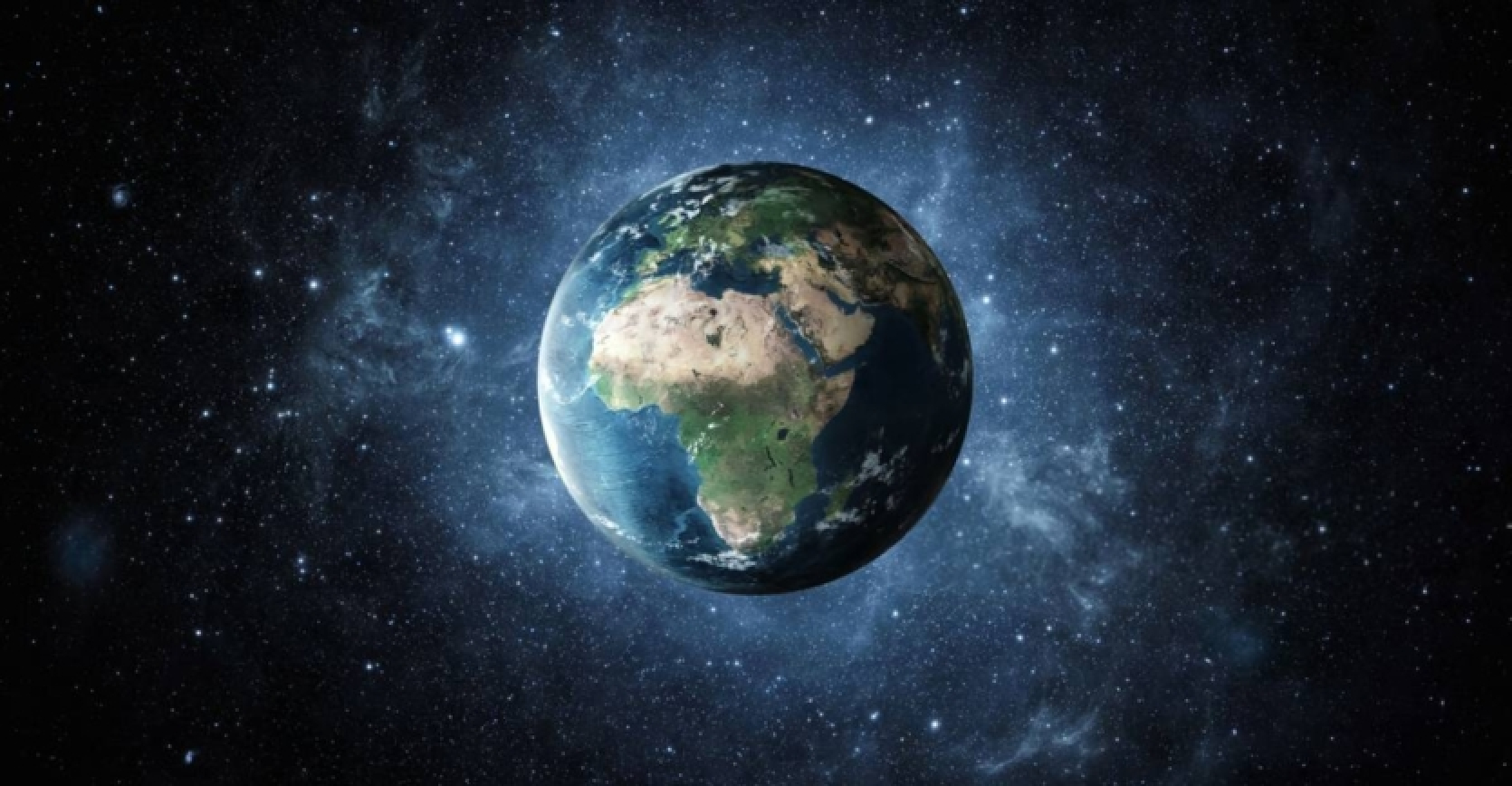


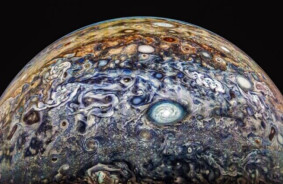
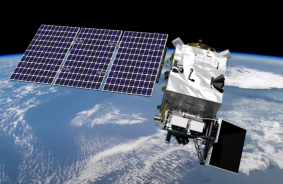
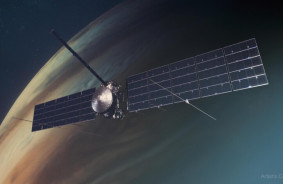

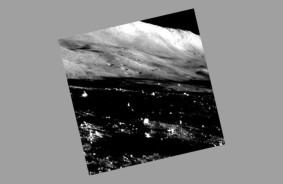
Comments (0)
There are no comments for now